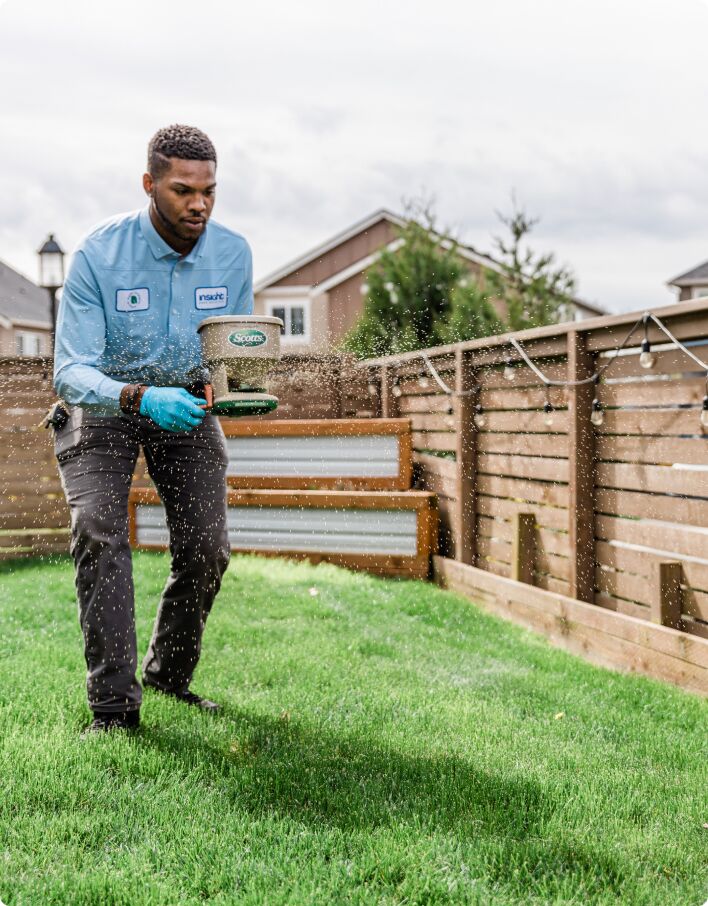A1 Commercial Pest Control Portland - Reliable Bed Bug Solutions for Businesses
A1 Commercial Pest Control Portland - Reliable Bed Bug Solutions for Businesses
Blog Article
Understanding the Art of Bug Control: Proven Approaches for Long-Term Avoidance and Obliteration
Parasite infestations can be a persistent obstacle for homeowners and organizations alike, calling for a critical approach to successfully handle and get rid of these undesirable intruders. By grasping the art of bug control through tested approaches for long-lasting avoidance and removal, one can develop a proactive defense versus potential risks. Comprehending the actions of bugs, implementing incorporated insect monitoring methods, and utilizing natural treatments are simply a few crucial components vital to achieving long lasting success in this venture. Nonetheless, the details of preserving sanitation, conducting routine inspections, and diligent surveillance play just as essential functions in maintaining a pest-free setting. As the fight versus pests remains to progress, embracing an extensive approach comes to be paramount in securing your home from prospective harm.
Understanding Bug Behavior
To successfully apply bug control methods, it is important to comprehend the detailed habits exhibited by various bugs in various atmospheres. Understanding insect habits is a basic aspect of developing effective pest management strategies. Each parasite species has one-of-a-kind behaviors and preferences that affect their reproduction, movement, and feeding patterns. By studying these behaviors, bug control professionals can recognize one of the most prone points in the pest's life cycle to target interventions better.
Knowing this, parasite control experts can concentrate on securing access factors and eliminating food attractants to deter these pests. By dealing with moisture problems and securing splits and holes, invasions can be considerably lowered.
Executing Integrated Bug Administration
Carrying Out Integrated Insect Management includes using a holistic method to deal with parasite issues by integrating different control techniques and techniques. This method highlights prevention, surveillance, and control of insects through a mix of organic, cultural, physical, and chemical treatments. By incorporating numerous strategies, Integrated Insect Monitoring (IPM) aims to lessen making use of pesticides while effectively taking care of pest populations.
One trick facet of IPM is recognizing the particular parasite problem and comprehending its actions and life process. This understanding assists in figuring out the most ideal control steps to execute. Prevention is likewise a basic principle of IPM, concentrating on getting rid of factors that draw in bugs, such as shelter, water, and food. Routine tracking and inspection are essential to identify parasite problems early and prevent them from intensifying.
Moreover, IPM advertises making use of eco-friendly and sustainable insect control approaches to reduce harm to non-target organisms and the bordering ecological community - a1 bed bugs exterminator portland. By embracing an Integrated Parasite Administration technique, businesses and people can properly take care of pests while minimizing reliance on chemical pesticides
Utilizing All-natural Remedies
Building upon the structure of Integrated Insect Management, a shift in the direction of utilizing natural treatments supplies a green method to pest control. All-natural solutions harness the power of nature to deter and get rid of pests without using harsh chemicals that can harm the atmosphere, people, and helpful microorganisms.

Additionally, growing pest-repelling plants like marigolds, lavender, and mint around homes and gardens can help deter parasites naturally. These plants produce odors that pests locate undesirable, driving them away without the need for chemical intervention.
Maintaining Cleanliness and Health

Executing a regular cleansing schedule and making sure all participants of the home or workers are informed on proper health techniques can go a long means in bug prevention. By keeping tidiness and health standards, the setting becomes less welcoming to bugs, inevitably sustaining lasting pest control efforts.
Regular Evaluations and Tracking
Routine evaluations and keeping an eye on play a vital function in proactively identifying and addressing potential bug issues prior to they intensify. By conducting normal assessments of both the interior and outside of a property, parasite control specialists can find very early indicators of invasions, pest access factors, and problems conducive to parasite activity.
Constant monitoring enables the very early detection of insect troubles, enabling speedy intervention to stop widespread invasions that can be costly and difficult to remove. Moreover, routine examinations and checking assistance to abide with regulatory requirements and preserve a secure, pest-free environment for residents. Applying a proactive method via routine assessments and surveillance is a keystone of efficient insect management, giving satisfaction and long-term security against insect risks.
Conclusion
In conclusion, grasping the art of insect control involves understanding parasite habits, applying incorporated bug administration, using anchor natural treatments, maintaining cleanliness and health, and conducting routine assessments and tracking. By complying with these tested methods for lasting avoidance and obliteration, people can properly take care of bug invasions and produce a healthier and much safer environment for web link themselves and their surroundings.
To effectively implement pest control methods, it is necessary to understand the elaborate actions showed by different insects in different settings (a1 portland bed bug exterminator). By studying these actions, bug control professionals can identify the most at risk points in the pest's life cycle to target treatments much more effectively
Applying Integrated Insect Management includes utilizing a holistic technique to deal with parasite concerns by integrating various control techniques and techniques. By keeping tidiness and health requirements, the environment ends up being less welcoming to pests, inevitably supporting lasting parasite control efforts.
By performing routine examinations of both the interior and outside of a home, pest control experts can detect early signs of invasions, parasite entrance factors, and conditions favorable to pest activity.
Report this page